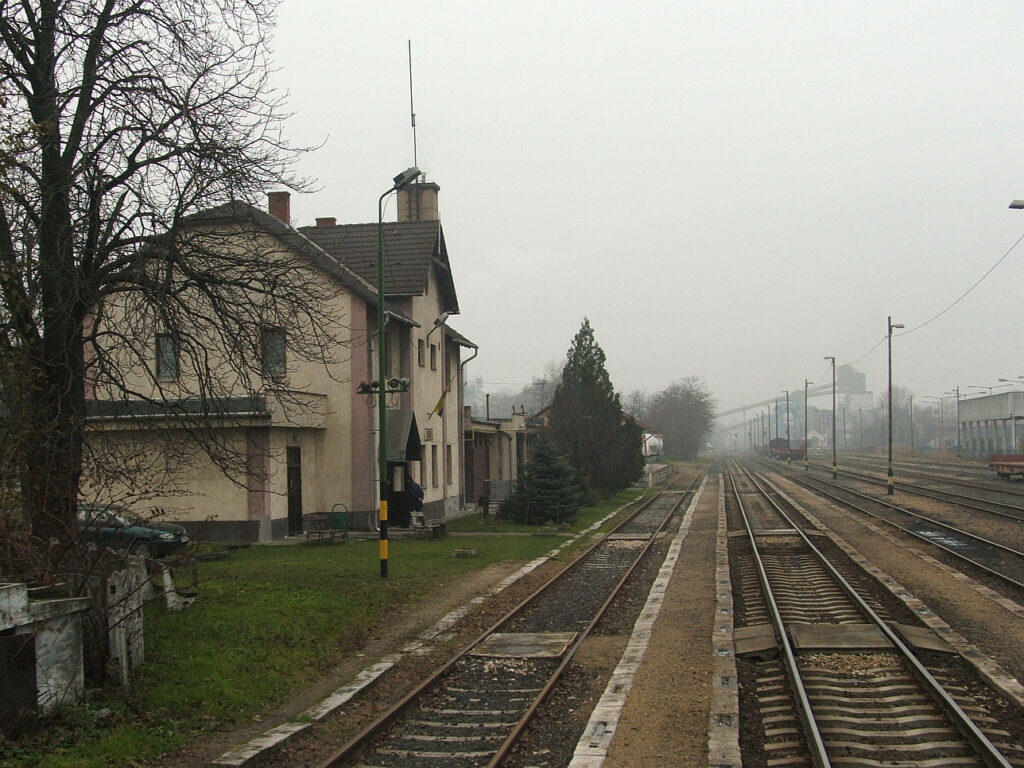Lábatlan in Komárom-Esztergom County , Esztergom District .
Sights
- Gerenday Arboretum
- Reformed Church
- Reviczky mansion
Industry
Closely related to the history of the village is the development of industry. The establishment of the Lábatlani Cement Factory , and with it the foundation of the industrialization of Lábatlan , is named after Balázs Konkoly Thege and Mátyás Hanning , its first director (from 1872 ) was Károly Wendland . The factory first consisted of a 16-chamber circular furnace and a 60-meter chimney. A large mine kiln was built in 1887 . The inflow of foreign capital changed the character of the settlement of Lábatlan both industrially and ethnographically . The good quality of the footless cement increased the reputation of the village and became a sought after building material industry product. Large – scale factory construction began in 1952-in. In doing so, the old factory was almost completely demolished and replaced by a completely new, state-of-the-art plant. The modern office building has been completed, and a separate public bath has been established for athletes and the population of the village. He became the Swiss owner of the factory. In October 2012, it was announced that the factory would be demolished and transferred to the municipality as a brownfield industrial area.
1908 in began operation in asbestos – paper mills . József Miskolczi purchased a paper machine in 1925 . With this, they produced medium-fine wrapping paper, hat wrapping paper, sanitary paper, and tobacco paper. In 1965 , modernization of the plant began. The construction of the Lábatlani Thin Paper Mill started with an investment of HUF 2 million. It is one of the largest and most modern factories in Central Europe . The factory was closed in March 2009 during liquidation proceedings, before which it operated under the name Piszke Papír Rt.
In the summer of 1943 , the production of reinforced concrete bases began. The factory established a workers’ hostel in 1952 and a housing estate in 1954 . In 1964 , the production of agricultural concrete elements began. Today, the factory operates under the name Pfleiderer Vasbeton Rt.
The Foothills and its surroundings, the Pisznice Mountains, are made up of large amounts of red marble . Mining began in the late 19th century . It was then that the stone carving industry flourished in Piszke. Stonemasons have gained worldwide fame for their valuable sculptural and building sculptural products. From here , the most beautiful marbles were also transported to the Parliament , the Fisherman’s Bastion , the Hilton Hotel, the Danube Hotel, the Bakócz Chapel of the Esztergom Basilica , and the Belvedere Palace in Vienna . A few years ago, however, the footless stone carving site also ceased to exist.




